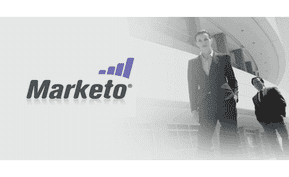Compliance (CaaS)
Compliance Automation in Highly Regulated Industries: Lessons from Finance and Healthcare

Summary: Finance and healthcare are two of the most heavily regulated industries worldwide. With strict rules on data privacy, reporting, and operational conduct, organizations in these sectors face enormous compliance burdens. Automation is helping banks, insurers, hospitals, and clinics stay compliant while reducing costs and risks.
The regulatory landscape in finance and healthcare
Both industries are governed by complex, high-stakes regulations:
- Finance: SOX, Dodd-Frank, Basel III, AML/KYC, MiFID II
- Healthcare: HIPAA, HITECH, GDPR for patient data, Joint Commission standards
Failure to comply can result in multimillion-dollar fines, reputational damage, and even loss of license to operate.
Challenges of manual compliance in regulated sectors
Manual compliance methods struggle to keep pace in finance and healthcare due to:
- High data volumes: Millions of transactions or patient records require continuous oversight.
- Complex reporting: Regulators demand detailed, timely, and auditable reports.
- Human error: Manual processes increase the risk of missed obligations.
- Dynamic regulations: Rules are updated frequently, requiring constant adjustments.
How automation is applied in finance
Financial institutions use compliance automation to:
- Automate AML and KYC checks against global sanction lists.
- Continuously monitor trading activity for suspicious patterns.
- Generate SOX-compliant audit reports automatically.
- Centralize data for faster reporting to regulators like the SEC or FINRA.
How automation is applied in healthcare
Hospitals, clinics, and insurers leverage compliance automation to:
- Protect patient data with automated HIPAA monitoring controls.
- Flag unusual access to electronic health records (EHRs).
- Automate reporting of adverse events and compliance with safety protocols.
- Integrate compliance into clinical workflows to reduce staff burden.
Benefits for regulated industries
- Risk reduction: Lower the chance of costly compliance failures.
- Efficiency: Automate repetitive reporting and monitoring tasks.
- Audit readiness: Maintain a clear, continuous compliance trail.
- Patient and customer trust: Demonstrate strong data protection and regulatory alignment.
Challenges and considerations
Adopting automation in these industries comes with its own hurdles:
- Integration: Legacy systems in finance and healthcare can be difficult to connect.
- Data sensitivity: Automation tools must meet the highest data security standards.
- Regulatory skepticism: Some regulators may require validation of AI-driven compliance methods.
- Staff training: Teams must adapt to workflows driven by automation.
Conclusion
For finance and healthcare, compliance isn’t just a legal requirement—it’s a matter of trust and survival. Automation empowers these industries to manage regulatory complexity at scale, reduce risk, and free teams to focus on patient care or customer service. Lessons from finance and healthcare can guide other sectors as they embrace compliance automation.






